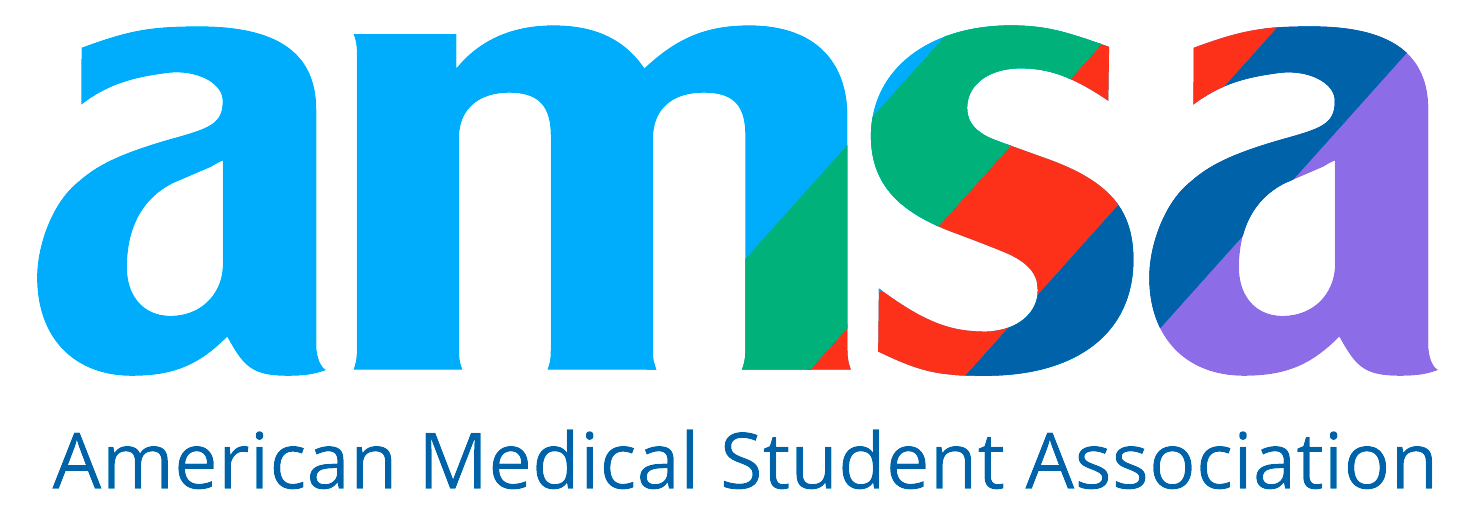What You Should Know About Medical School Waitlists in 2025
Go-Elective Abroad
What You Should Know About Medical School Waitlists in 2025
Being placed on a medical school waitlist can leave you feeling uncertain—but it's far from a dead end. In this guide, we’ll break down what it really means to be waitlisted, how the process works, and what steps you can take to stay proactive and increase your chances of getting in.
What Is a Medical School Waitlist?
Every year, U.S. medical schools receive thousands of applications for a limited number of seats. Even after interviews are complete, schools often find themselves with more qualified applicants than they can accept. That’s where the waitlist comes in.
Why Do Schools Use Waitlists?
- To fill seats if accepted students decline offers
- To ensure every slot is filled by the time the semester starts
- To maintain flexibility as applicants withdraw or change their decisions
Being placed on a waitlist means your application was strong—but not at the very top of the list during the first round of decisions.
What It Means to Be Waitlisted
Getting waitlisted isn’t the same as being rejected. It means the admissions committee saw potential in your application. While you're not accepted yet, you're still under consideration.
Think of It Like This:
It’s like scoring an A- in a class full of A students—you’re close to the top, just not there yet. While it can feel disappointing, being on the waitlist is still a real chance at admission.
Common Reasons You Might Be Waitlisted
Medical school admissions are highly competitive. Here’s why you may find yourself waitlisted:
- You applied later in the cycle: Rolling admissions means early applicants are reviewed first.
- You had a strong, but not exceptional, interview
- Your academic profile was competitive but slightly below the cutoff
- You were placed on a pre-interview waitlist due to volume of applications
Are There Different Types of Waitlists?
Yes. Not all waitlists function the same way. There are three main types:
Ranked Waitlist
You’re placed in a numerical order based on how your application compares to other waitlisted candidates. Schools may pull students from the top of this list as seats become available.
Tiered or Grouped Waitlist
Applicants are grouped into categories like “high priority” or “secondary review.” You won’t know your exact rank, but higher tiers are considered first.
Unranked Waitlist
No official order exists. The admissions team pulls students based on a variety of factors such as institutional fit or recent updates to your application.
How Long Will You Stay on the Waitlist?
This depends on the school. Some medical schools clear their waitlists by May or June, while others maintain them right up to orientation week in August.
You can usually find this information on the school’s admissions website or by contacting the admissions office directly.
When Do Students Typically Get Accepted Off the Waitlist?
Waitlist movement begins around April, when accepted students must confirm their intentions under AMCAS Traffic Rules. May is often the busiest month for waitlist acceptances, as students are required to commit to one school.
If you’re waitlisted at multiple schools, you could receive an offer at any point between April and August.
How Many Students Are Usually Taken from the Waitlist?
There’s no universal number. It varies by institution and changes each year based on:
- How many accepted students decline offers
- Enrollment targets and class sizes
- Application yield rates
Some schools are transparent about their waitlist movement—others are not. You can reach out to ask, but keep in mind that many admissions offices won’t release exact numbers.
Can You Ask Where You Are on the Waitlist?
Yes—but it doesn’t always mean you’ll get a clear answer.
Some schools provide ranking or tier information, while others keep their waitlist completely confidential. It never hurts to ask the admissions office, but be prepared for a polite “we can’t share that.”
How to Improve Your Chances of Getting Off the Waitlist
While you can’t control everything, there are steps you can take to stay engaged and stand out.
-
Send a Letter of Intent
This letter should go to your top-choice school only. Be honest—express that if admitted, you will 100% attend. Include why that school is the best fit for your goals.
-
Submit Application Updates
Provide updates if you’ve:
- Completed new coursework
- Started a new healthcare internship or research role
- Taken on new leadership responsibilities
- Participated in global health programs like Go Elective’s internships in Kenya or Tanzania
These updates show growth and continued interest.
-
Attend School Events or Webinars
Participating in school events—whether virtual or in-person—shows genuine engagement. Admissions staff take note of students who stay connected.
-
Keep Your Contact Info Updated
If you’re waitlisted, you could receive an offer with only 24–48 hours to respond. Ensure your email, phone number, and address are all current in AMCAS and on file with the school.
What Happens If You're Not Accepted?
It’s tough, but you won’t be alone. Many strong applicants don’t get off the waitlist. If this happens, it’s an opportunity to reflect, strengthen your application, and reapply.
Some students use this time to:
- Enroll in post-bacc or special master’s programs
- Gain more clinical experience
- Participate in pre-med internships abroad
- Retake the MCAT (if necessary)
- Work on new personal statements and secondary essays
Final Thoughts on Medical School Waitlists
Being placed on a waitlist isn’t the end—it’s an open door. And while you wait, there’s plenty you can do to stay proactive and positive. The key is persistence, professionalism, and readiness for next steps—whether it’s receiving an acceptance or preparing to reapply.
If you’re looking to strengthen your application with real-world healthcare experience, consider Go Elective’s global health internships in Kenya and Tanzania. Our programs are designed for pre-med, medical, and pre-health students looking to gain hands-on exposure in resource-limited settings.
Have questions about how to navigate your gap year or boost your resume with international experience? Contact us today—we’re here to help.
Article Details
Categories
Recent Articles , Pre-health, Medical Electives,
Author: Go-Elective Abroad
Date Published: May 11, 2025
Travel with us.
Inquire Today!
Go Elective offers immersive opportunities for medical students, pre-med undergraduates, residents, nursing practitioners, and PAs to gain guided invaluable experience in busy hospitals abroad. Discover the power of study, travel, and impact.






